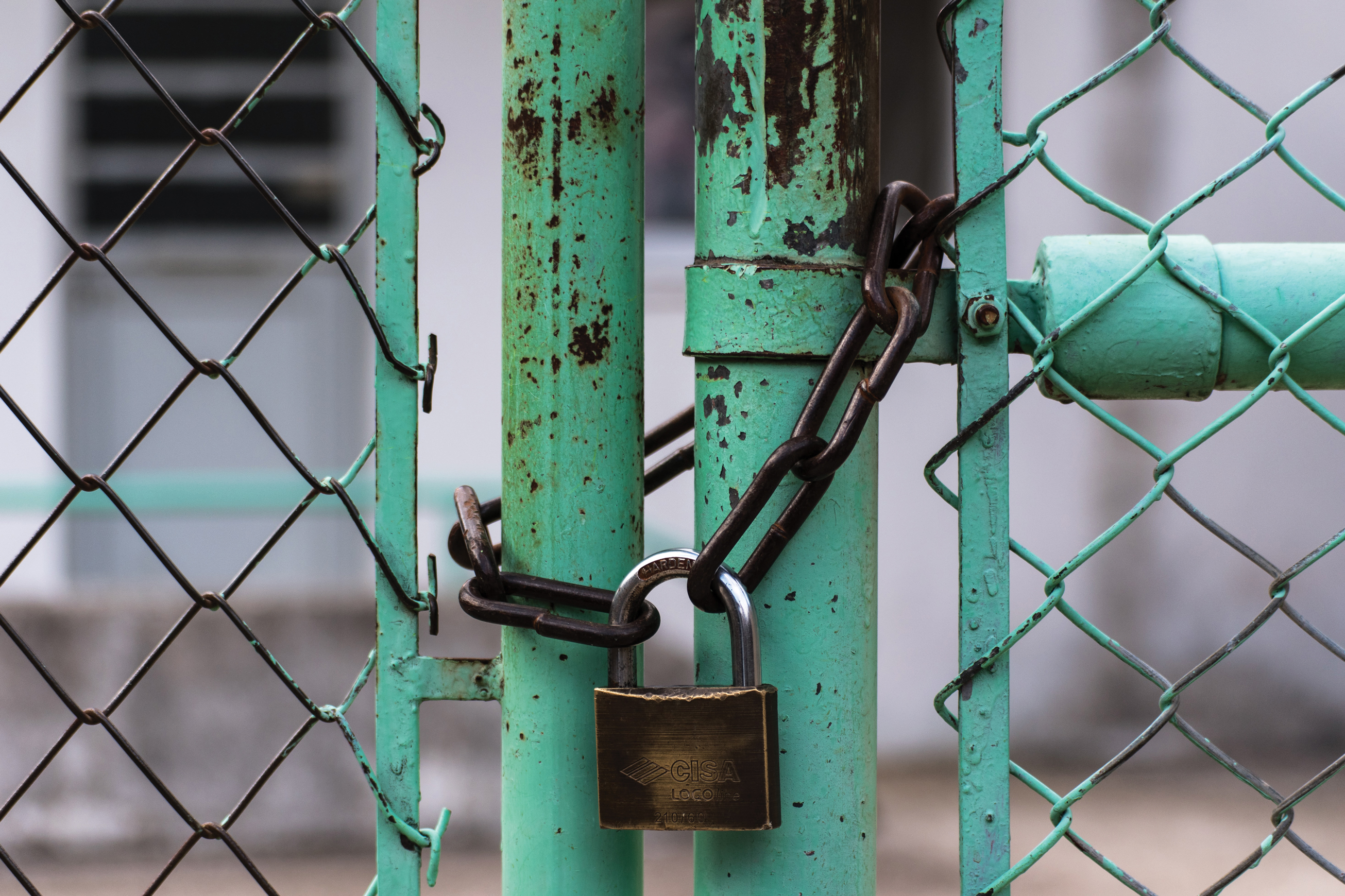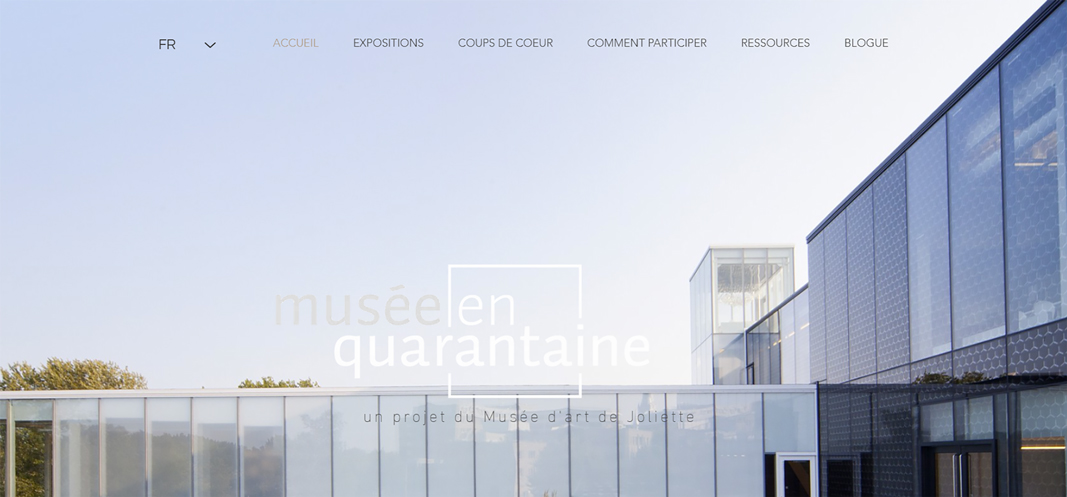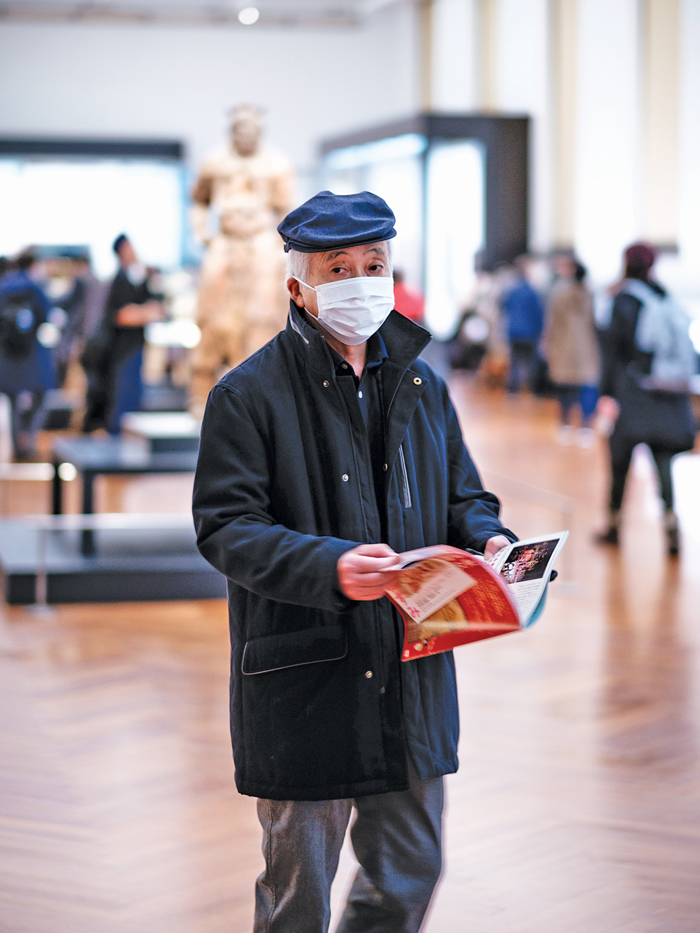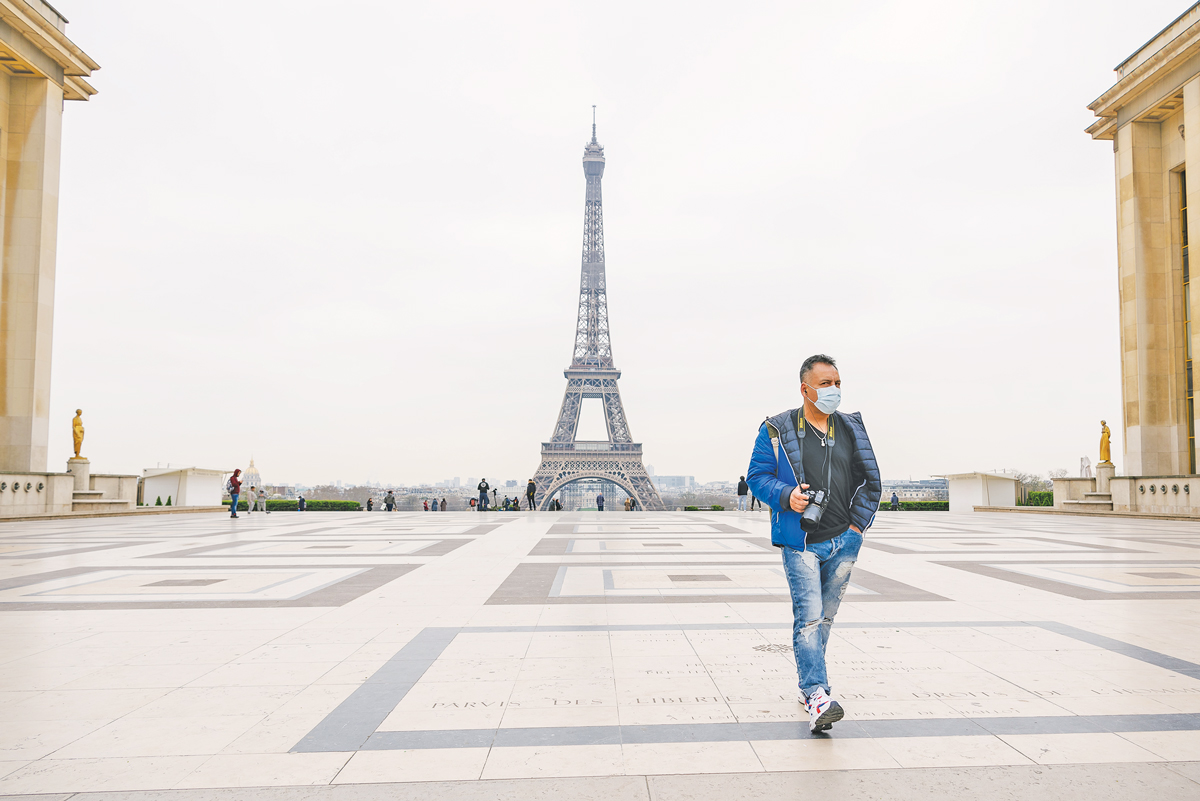
Museums and Lockdowns: A few observations based on topical studies
Anik Meunier, Ph.D.
As part of an international seminar initiated by École du Louvre (France) and Université du Québec à Montréal (UQAM) that drew more than a hundred participants in virtual sessions, we looked at the question of museums and lockdowns imposed by the current global pandemic.1 Following on from the reflections carried out by the French mission on museums of the 21st century,2 the seminar focused on how the visitor’s empirical approach is undergoing profound change, with particular attention to rarely studied, misunderstood or insufficiently formalized aspects of museum visits. It reviewed the results of studies and research whose methodologies draw on technological innovation and digital transition to understand and explain the contemporary logics of museum attendance. Titled Nouvelles perspectives dans l’approche des publics (New Perspectives in Audience Approach), this international Paris-Montréal seminar began its third year of sessions with the theme “Museums and Audiences in Times of Crisis,” which could not have been more topical as the pandemic raged worldwide. Analyses emerged, multiple viewpoints intersected, and the purpose of this text is to revisit some of the reflections shared during the event.
Various initiatives hastily undertaken around the globe served to quickly document the situation of museums affected by the pandemic. For example, in France, Ocim published a special edition examining and analyzing the impact of Covid-19.3 Another French study, this one conducted by the Public Policy Department of the Ministry of Culture, was aimed at understanding whether the lockdown had been an opportunity to expand the profile of on-site visitors or, if not, whether it had changed the behaviour of people already familiar with heritage venues.4 In Canada, the Canadian Museums Association (CMA) provided observation pieces and reports on the current situation in its Muse magazine.5 A larger study conducted in 2020 by UNESCO and ICOM disclosed the results of a survey of 1,600 museums and museum professionals from 107 countries. While the global pandemic has prompted new ways of consuming or participating in culture, imposing social distancing and public health measures on site, it also raises questions about audience and user practices off site. The current situation may even be bringing major social issues to the forefront in our museums, which can no longer ignore the greater justice, equality and inclusion that is redefining human relations. What are the findings and lessons to be drawn from this situation?
Permanent museum closures?
In April 2020, nearly all of the world’s museums shut their doors. Many of them experienced this first closure with little or no preparation, resulting in largely improvised means of dealing with the situation. Just a few months later, in fall 2020, numerous museums faced another, perhaps slightly better prepared closure as the second wave of coronavirus hit. The Société des musées du Québec (SMQ) reports that 15% of Quebec museums did not reopen to the public between the two periods.6 The UNESCO-ICOM survey results show that 90% of the world’s museums have faced temporary closure and estimate that one in eight museums will have to either close permanently or rethink their activities. But how can museums rethink the way they work in the current context?
Digital activities and programs
The answer to this question lies in part in the digital realm. During the closures, many museums moved their activities online, which in turn prompted them to develop new or improve existing digital activities and visitor tools. The UNESCO-ICOM study found that even among museums already offering online content, more than half had ramped up their digital communication efforts (Facebook, newsletter, etc.). In terms of programs, 83% of respondents expected to reduce their programming by close to a third. This reduction has inevitably led to professional staff cuts in the departments concerned. How do these cutbacks impact museum personnel?

Many Canadian museums have created digitally based projects to serve their communities, such as Quarantined Museum from the Musée d’art de Joliette. Photo — Screenshot from museejoliette.org, accessed November 24, 2020.
Museum professional jobs
In the UNESCO-ICOM survey, most (84%) museum professionals, across all occupations and professions, reported working from home during lockdown. To avoid mass layoffs, museums have asked many people to reduce their hours by condensing their work into fewer days or weeks. In some museums, employees have been forced to cut their working hours by more than half.7 These incentives have served to stabilize the professional situation in museums, but not for employees of all statuses.
Many Canadian museums have created digitally based projects to serve their communities, such as Quarantined Museum from the Musée d’art de Joliette. Photo — Screenshot from museejoliette.org, accessed November 24, 2020.
Many contractual professionals, such as mediators, whose jobs involve direct contact with visitors, have faced the non-renewal of their employment contracts. For independent museum professionals, the situation is alarming: more than 16% of survey respondents reported having been temporarily laid off, while the contracts of at least 23% have not been renewed. In fact, more than a third of firms used to working with museums have had to make employee cutbacks or refocus their business elsewhere. The situation thus remains precarious for all museum professionals.

Museums and heritage sites around the world are in various stages of openness to the public. Either in lockdown, or opened with increased safety measures, such as mask wearing. Photo — Lucrezia Carnelos.
How does this affect cultural practices?
These changes within the professional sphere of museums have prompted cultural audiences to adopt “alternative” practices. No longer able to physically visit exhibitions, the usual public has embraced other means. The study conducted by France’s Ministry of Culture shows a spectacular surge in traffic on the websites of museums and other heritage institutions, in some cases between 150% and 200%. It also reveals that more than 60% of respondents affirm that visiting a cultural venue and using digital resources are complementary approaches and that one is not a substitute for the other. Moreover, 87% say they will continue to use online activities and consult digital content once the lockdown is lifted. The vast majority of respondents (91%) pursue online activities alone.

Museums and heritage sites around the world are in various stages of openness to the public. Either in lockdown, or opened with increased safety measures, such as mask wearing. Photo — Fran Boloni.
This brief overview touches on various issues surrounding the successive closures of museums. The financial losses are very real and indeed central to the challenges facing museums today.8 According to the 2020 UNESCO-ICOM study, closures will particularly affect those regions where museums are recent and few and where structures are still fragile. Closures force them not only to revise their activities but, in many cases, to reduce their professional workforce. Periods of population lockdown oblige museums to demonstrate creativity and ingenuity by diversifying their cultural offer on digital platforms. This resourcefulness is likely to generate new practices and help renew the profile of museum audiences, or at least retain steadfast visitor loyalty. M
Anik Meunier Ph.D. teaches and researches museology and education at Université du Québec à Montréal (UQAM) and heads the research group on education and museums (GREM).
Notes
- The seminar was jointly organized by Jacqueline Eidelman, professor at École du Louvre, in charge of the ministerial mission on museums of the 21st century and the report on inventing museums for tomorrow, Mathias Blanc, associate researcher at École du Louvre, Centre national de recherche scientifique (CNRS), Université de Lille, and Anik Meunier.
- See Inventer des musées pour demain — Rapport de la Mission Musées XXIe siècle, ed. Jaqueline Eidelman, (Paris: La Documentation française, 2017) or https://www.vie-publique.fr/sites/default/files/rapport/pdf/174000177.pdf
- See “Distances — Regards sur une situation inédite, l’épidémie de Covid-19,” La lettre de l’Ocim, no. 189 (May-June 2020) or https://fr.calameo.com/read/005777060b3354a7710fb
- See “Les pratiques « alternatives » à la fréquentation des patrimoines. Quantitative study during lockdown,” Studies Division, Department of Public Policy, by Joséphine Dezellus and Jasmina Stevanovic, available at https://www.culture.gouv.fr/Nous-connaitre/Organisation/La-direction-generale-des-patrimoines/Departement-de-la-politique-des-publics
- The article “Contre vents et marées” (Against All Odds) by Vanda Vitali, CMA Executive Director and CEO, is an excellent example. Ms. Vitali was a speaker at the seminar discussed here.
- See “Fermeture prolongée des musées. L’impact durement ressenti,” La Presse, October 29, 2020, or https://www.lapresse.ca/arts/arts-visuels/2020-10-29/fermeture-prolongee-des-musees/l-impact-durement-ressenti.php
- Idem.
- Idem.
